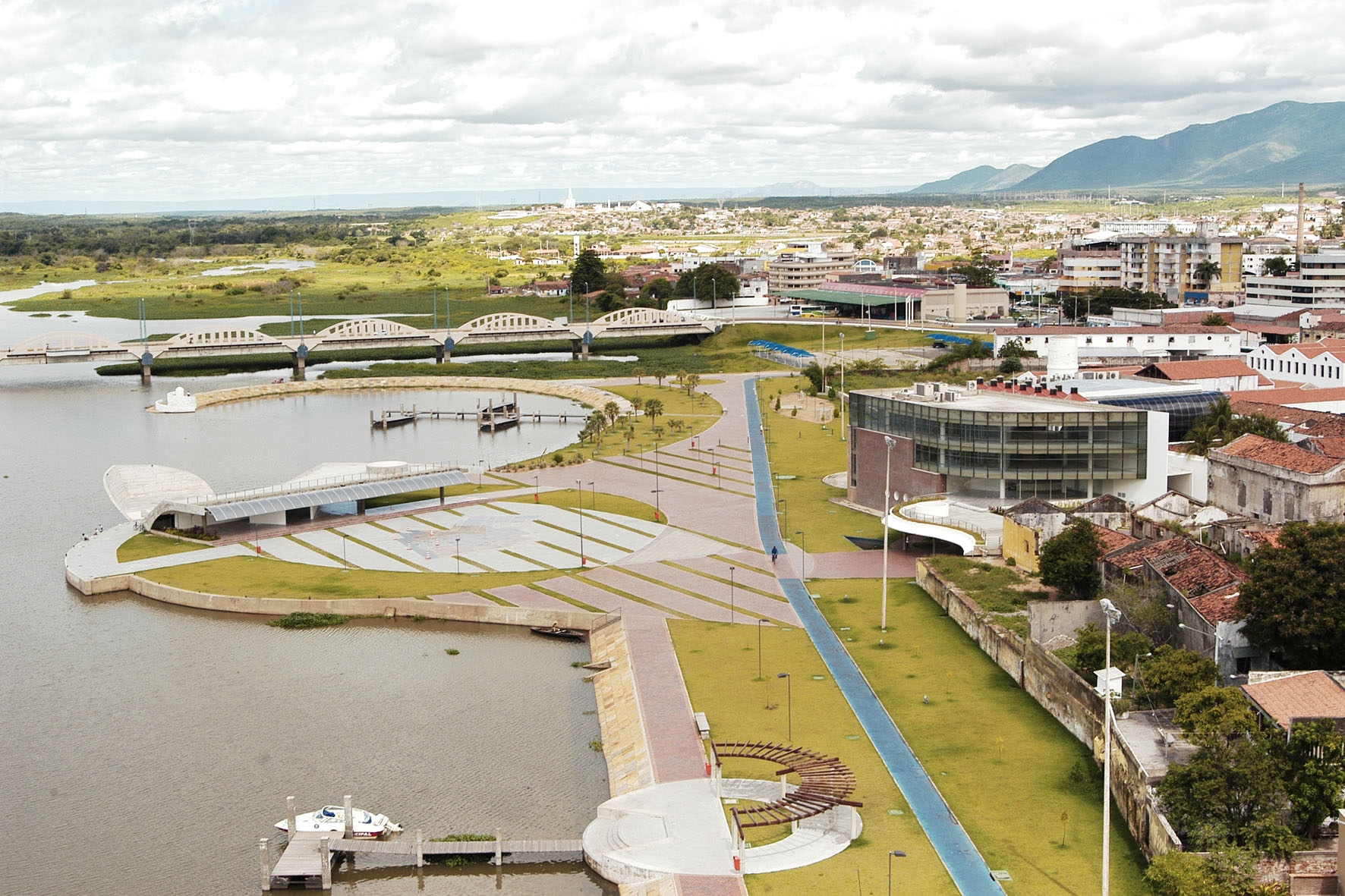|
Ceará (other)
Ceará is a state in northeast Brazil. Ceará may also refer to: Sports * Ceará Sporting Club, a Brazilian football team based in the state of Ceará * Ceará (footballer) (born 1980), Brazilian footballer Vessels * Brazilian landing ship ''Ceará'' (C30), a ship of the Brazilian Navy * Brazilian monitor ''Ceará'', an Imperial Brazilian Navy Pará-class river monitor Other * North coast Portuguese, the Cearense dialect of Brazilian Portuguese * Ceará gnateater (''Conopophaga cearae''), a passerine bird of the family Conopophagidae * George Ceara (1880/1881–1939), Aromanian poet and prose writer * ''Ceara'', a synonym of the moth genus ''Peoria'' (moth) See also * Ceará-Mirim, a city in Rio Grande do Norte state, Brazil * Ceará-Mirim River, a river of Rio Grande do Norte state * Ciara (other) Ciara (Ciara Harris, born 1985; pronounced Sierra) is an American singer-songwriter. Ciara may also refer to: * Ciara (given name), a popular Irish female name ... [...More Info...] [...Related Items...] OR: [Wikipedia] [Google] [Baidu] |
Ceará
Ceará (, ) is one of the 26 states of Brazil, located in the Northeast Region, Brazil, northeastern part of the country, on the Atlantic Ocean, Atlantic coast. It is the List of Brazilian states by population, eighth-largest Brazilian State by population and the List of Brazilian states by area, 17th by area. It is also one of the main tourist destinations in Brazil. The List of capitals in Brazil, state capital is the city of Fortaleza, the country's fourth most populous city. The state has 4.3% of the Brazilian population and produces 2.1% of the Brazilian GDP. It is divided into 184 municipalities. Literally, the name ''Ceará'' means "sings the Aratinga, jandaia". According to José de Alencar, one of the most important writers of Brazil and an authority in Tupi Guaraní, ''Ceará'' means turquoise or green waters. The state is best known for its extensive coastline, with of sand. There are also mountains and valleys producing tropical fruits. To the south, on the border o ... [...More Info...] [...Related Items...] OR: [Wikipedia] [Google] [Baidu] |
Ceará Sporting Club
Ceará Sporting Club, or simply Ceará, () is a Brazilian Football League Teams, Brazilian professional football club from the city of Fortaleza, capital city of the States of Brazil, Brazilian state of Ceará. Founded on June 2, 1914, Ceará is one of the most traditionally successful clubs in the Northeast region of Brazil alongside Esporte Clube Bahia, Bahia, Santa Cruz Futebol Clube, Santa Cruz, Sport Club do Recife, Sport, Clube Náutico Capibaribe, Náutico, Esporte Clube Vitória, Vitória and their city rivals Fortaleza Esporte Clube, Fortaleza. Ceará is the most popular team in the state, proven in several research and communication vehicles. It also has an advantage in direct confrontations, with 203 wins, 211 draws and just 184 victories over its rival. It is the pioneering and most traditional team in its state and one of the largest in its region. History On June 2, 1914, the club was founded as Rio Branco Football Club by Luiz Esteves Junior and Pedro Freir ... [...More Info...] [...Related Items...] OR: [Wikipedia] [Google] [Baidu] |

